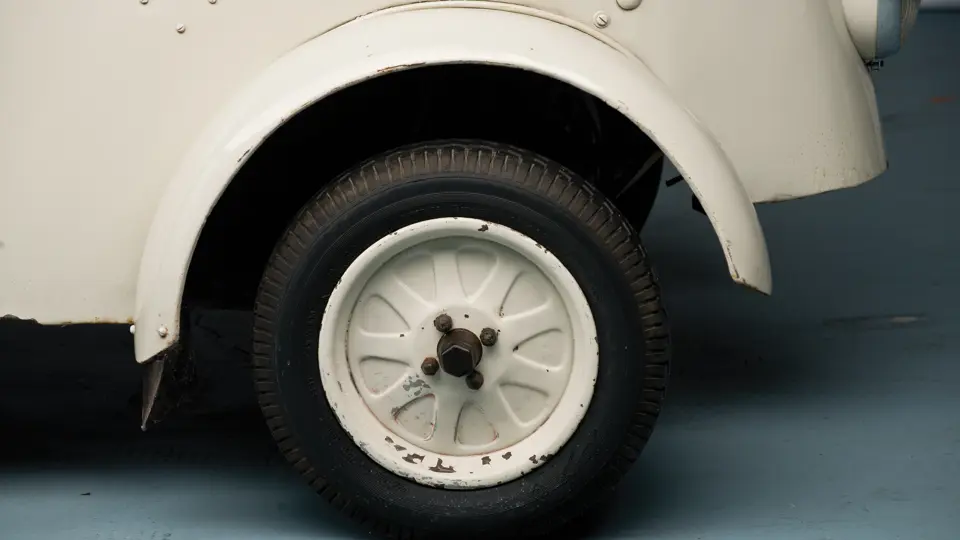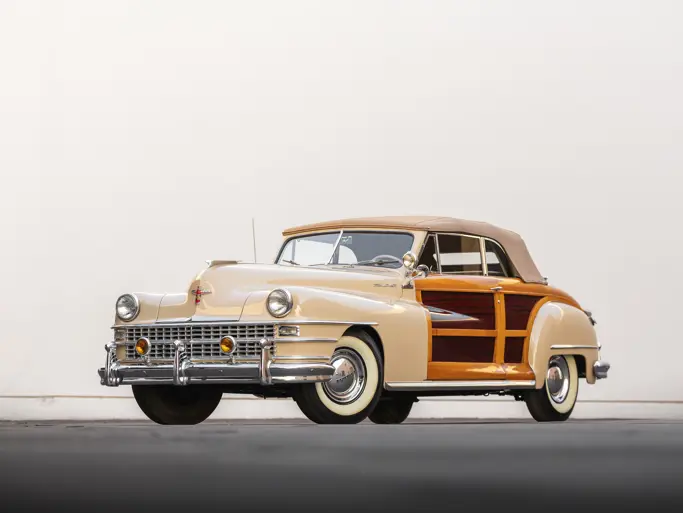An extraordinary, war-era, electric, “Light City Car.”
It is inconceivable from a modern viewpoint as to how difficult the years of the German Occupation of France were in the years 1940 to 1945. Gasoline was forbidden from the outset, as were rubber tires a year later. For drivers, the most coveted item was the “Ausweiss,” or permission-to-drive slip, yet a permitted driver was still subject to numerous inspections at stations or mobile patrols throughout the city.
Being resourceful people, the French dealt with their austerity in pragmatic terms. Human-powered vehicles like the Velocar were greatly in demand during this time. Some vehicles were converted to run on wood gas. This involved the burning of wood, coal, straw, or paper in a small furnace, usually towed behind on a trailer, whereupon the filtered and compressed gases could be pumped directly into the engine. France had about 65,000 “gazogene”-powered cars on the roads. Other cars were seen with compressed acetylene gas cylinders on the roof or mounted behind. Buses refilled their giant roof-mounted gas bags at “city-gas” stations.
Finally, there were the electrics. Many manufacturers, including large industrial firms like the aviation company Breguet, electrical equipment manufacturers like Mildé-Kriéger, or small car manufacturers like Georges Irat, had a go at making electric cars. Peugeot was the only one of the large car companies to build an electric model. It was called the VLV, or Voiture Légère de Ville, which means Light City Car.
Peugeot had been forced to turn its factories to war production for the Nazis, but the development office was buzzing with secret post-war projects. The VLV was produced overtly and described in the press. It was a small two-seater cabriolet with a folding roof and doors, incorporating side windows that were raised by a lever in the door. It was of revolutionary construction, a steel monocoque with only two reinforcing strips under the floor. Front suspension was by a transverse leaf spring, and the two rear wheels were only a foot apart, sharing a single brake drum. The electric motor was powered by four batteries under the front hood, totalling 48 volts and 82 amp-hour capacity. These constituted half of the 770 pound weight of the car.
Control was by conventional foot throttle, with full power available for hills when pushed to the floor. A forward/reverse lever changed motor direction. The normal speed was 20 mph, and the range was perhaps 50 miles, depending on terrain. This unrestored example is one of very few survivors of this well-engineered pioneer, and it features distinctive features in miniature, such as the boattail rear and the coupe-roadster style convertible top, which is a facsimile of the style of top used on large, luxurious 1930s cabriolets.
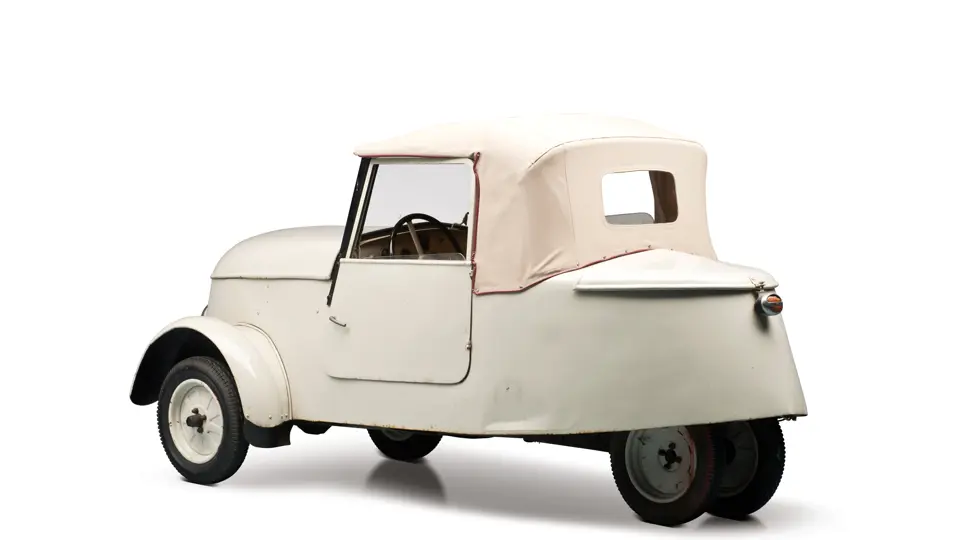
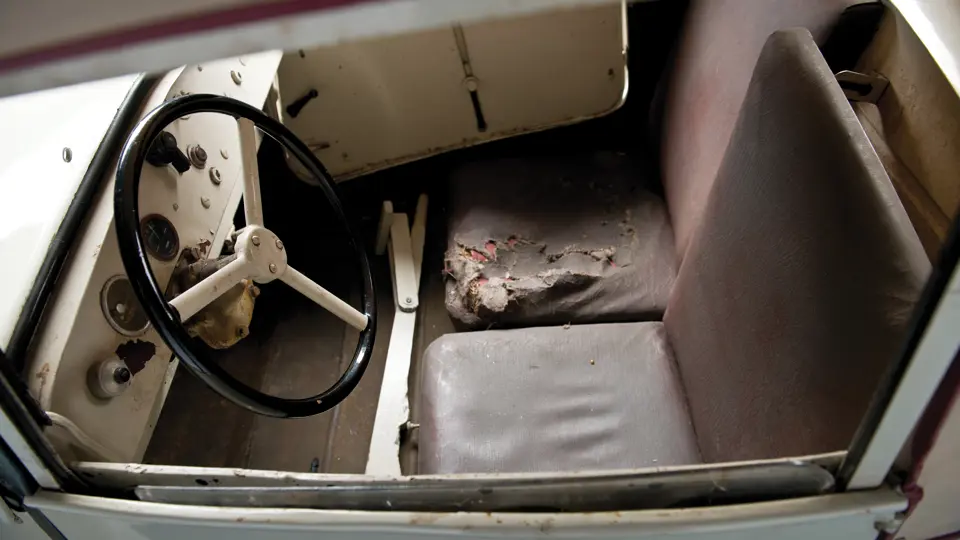
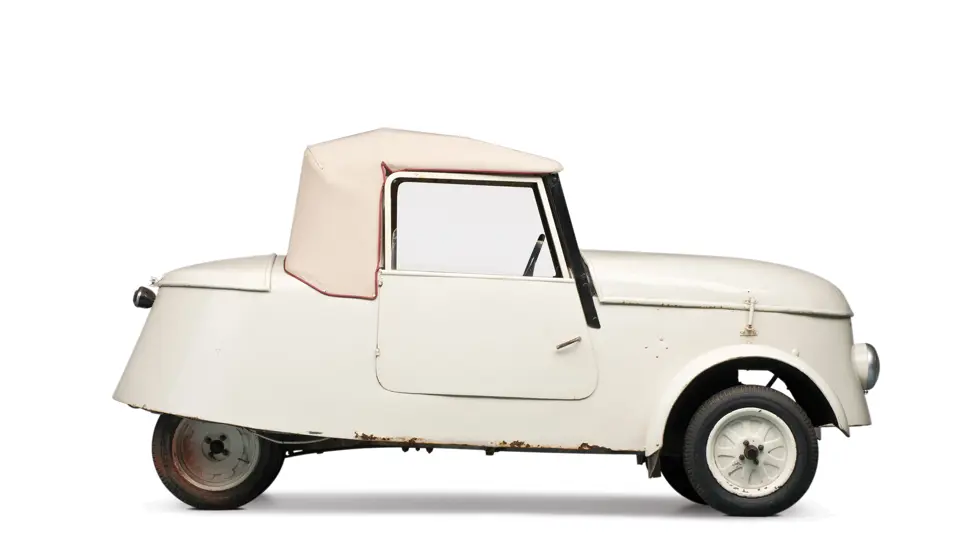

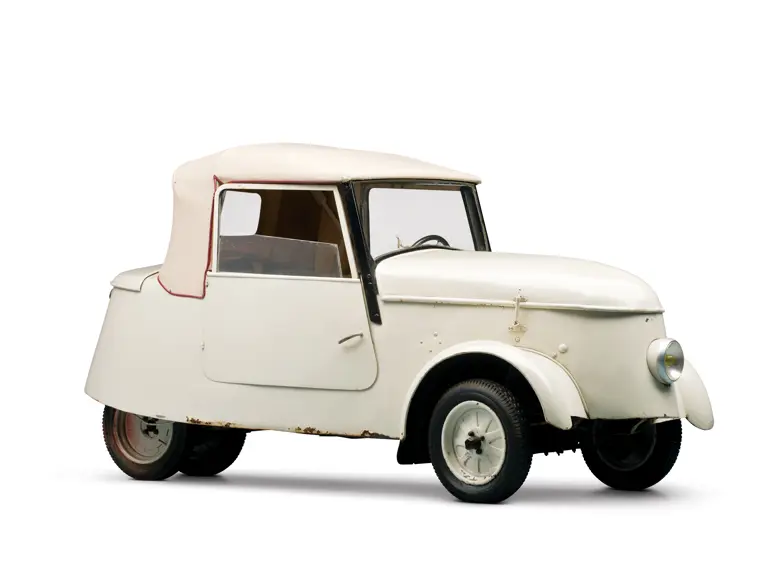
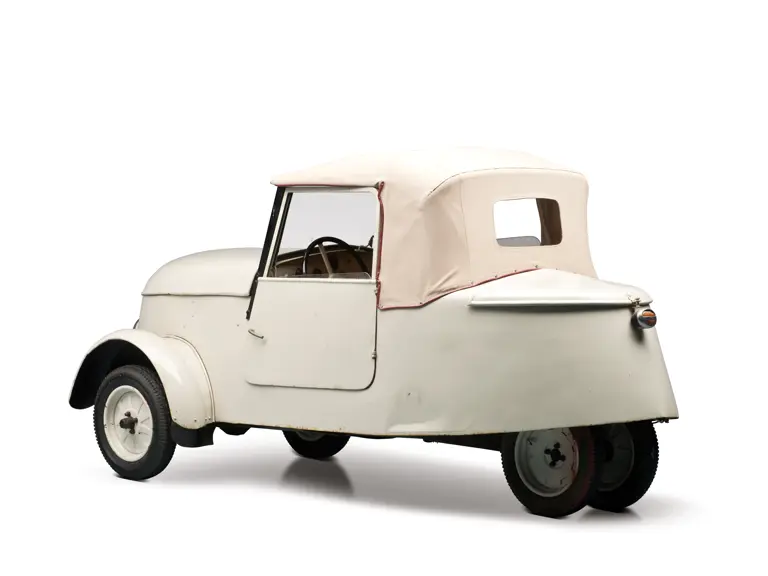

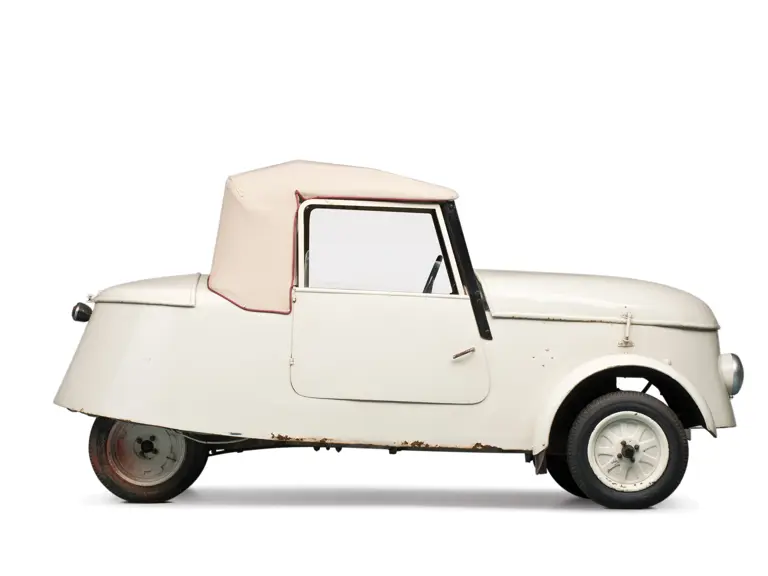
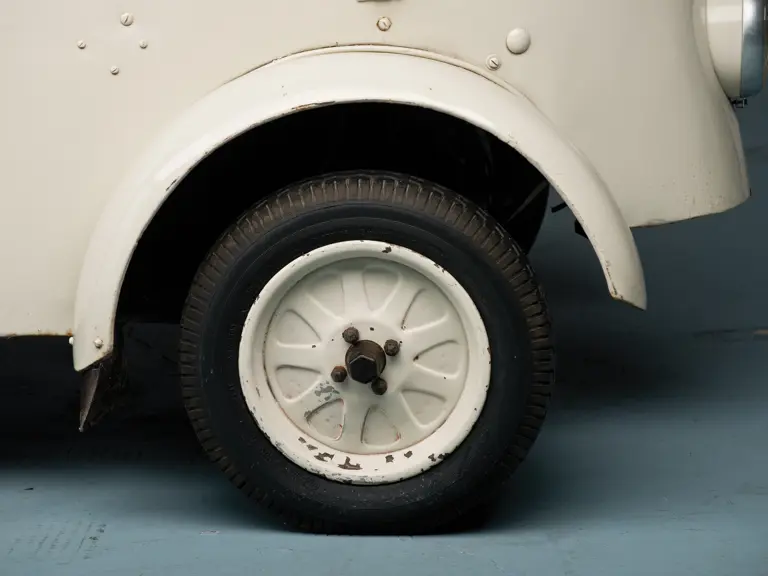
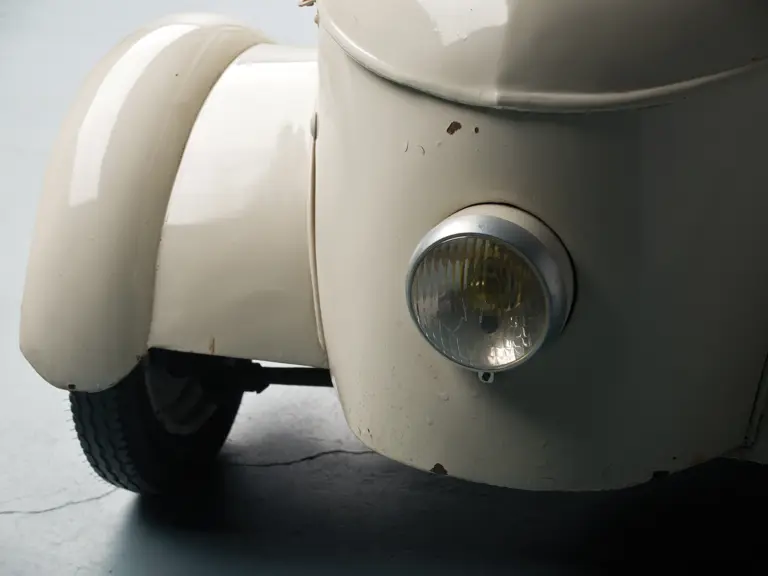
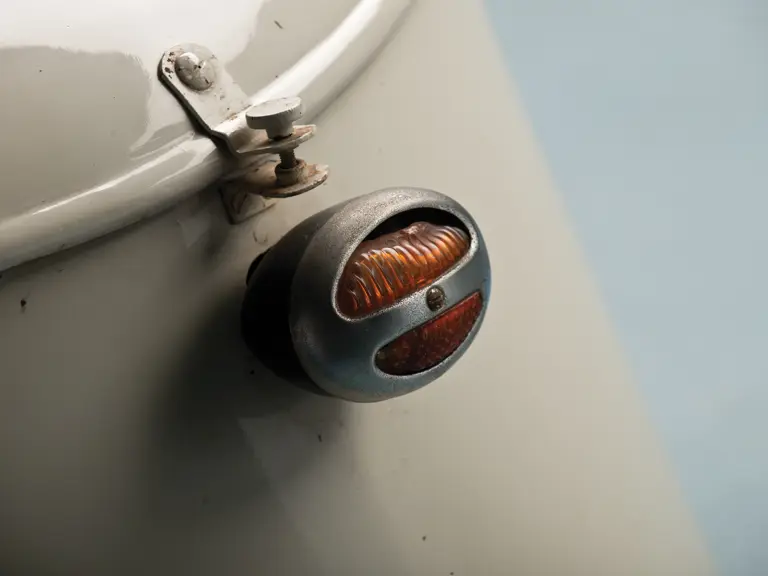
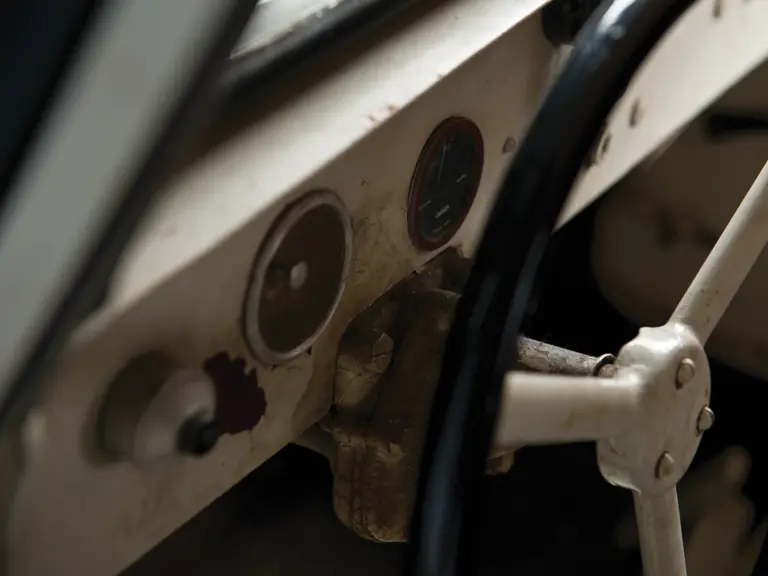
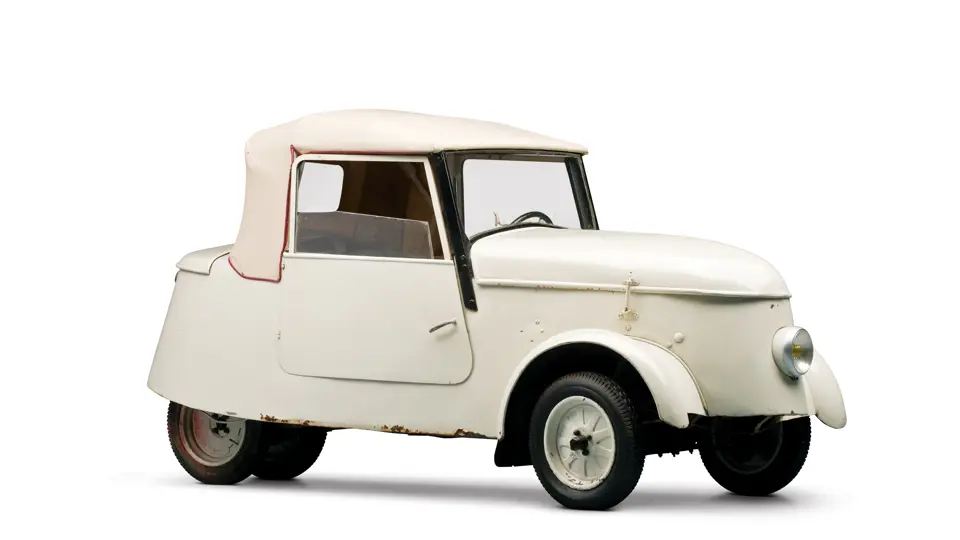
 | Madison, Georgia
| Madison, Georgia
